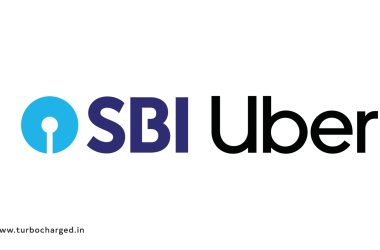What are the challenges in the fuel delivery ecosystem and how does FuelBuddy address them?
The doorstep fuel delivery model has grown rapidly post Covid and we have seen people slowly adopting this service. A few challenges which we consider in doorstep fuel delivery are pilferage, adulteration, safety, and trust. Our automation technology has helped us tackle the problem of pilferage and adulteration by removing the hassles of manual procurement. This has also led to the effective monitoring of the quality and quantity of fuel delivered to the customers. They can continuously track the fuel delivery which promotes transparency and ensures that proper quality fuel is delivered to them. This not only ensures safety but also promotes trust in a brand.
What are the safety precautions taken while delivering fuel?
A few things that we keep in mind while delivering fuel safely are, keeping a regular check on our tanks, fuel pipes and caps that we use for fuel delivery safety. Our staff is Hazmat-trained and follows proper protocols while delivering fuel to the customers. Our SMART REFUELLERS are PESO and W&M (Weights and Measure) approved with auto electric cut-off and anti-spill pads which ensures spillage. Our most innovative product FuelBuddy Vault is used for Fuel Monitoring, Ad Blue Tracking, Diagnostics and Prognostics, Fleet Performance, Operations Automation, Track & Trace and a host of other features. We frequently keep inspecting the tanks to make sure that all the safety and precautionary measures are being undertaken by our delivery teams to keep our customers satisfied.
What are the factors influencing the cost of fuel delivery apps?
There are certain factors which can influence the cost of fuel delivery platforms. The cost of the fuel itself is the biggest factor in the increase in cost which will in turn increases the cost of operations. As Technology is a big part of the business, the continuous innovation cost, research, and development along with the means of transportation, the time of delivery, and availability of the delivery staff can also affect the pricing of the product. Factors such as central and state tax rates, logistics and operations and convenience also play a huge role in determining the cost of fuel delivery.
What are the factors influencing the cost of fuel delivery apps?
There are certain factors which can influence the cost of fuel delivery platforms. The cost of the fuel itself is the biggest factor in the increase in cost which will in turn increases the cost of operations. As Technology is a big part of the business, the continuous innovation cost, research, and development along with the means of transportation, the time of delivery, and availability of the delivery staff can also affect the pricing of the product. Factors such as central and state tax rates, logistics and operations and convenience also play a huge role in determining the cost of fuel delivery.
What do you think ofthe market growth of India’s energy retail industry?
As per a report by the International Energy Agency (IEA), India will see the most significant rise in energy demand due to urbanisation and industrialisation. The Indian energy sector has bounced back after its fall in FY20 and FY21 due to covid and has witnessed a growth of 8% in FY22, indicating that the energy industry is going to expand exponentially. The fuel demand also hit an all-time high in November due to festivals and industrial activities. India is moving towards alternative energy like solar, wind energy and others. The Government is also supporting Doorstep Fuel Delivery and has opened its doors to aspiring entrepreneurs and start-ups. All this will lead to huge opportunities in the energy sector over the coming years.
How did the year go for the fuel delivery industry?
The pandemic has accelerated digitalisation, and with companies going the extra mile we have seen the acceptance and growth of fuel delivery become the new norm. Due to this online Fuel delivery has started becoming a vital component of the system as people have started demanding quality fuel and lubricants for their assets. As we have recently entered the lubricant space after the partnership with India’s top Oil Marketing companies, we will be able to focus on solving the problem of connecting the last mile delivery issue. We have seen acceptance by the people and the market has grown exponentially this year.
What are your expectations for 2023?
Along with delivering diesel as well as lubricants, we are looking to expand our service portfolio by adding clean fuel services like CNG and Portable EV charging solutions to our existing and new customers via our FuelBuddy app and website. As with the rising demand for EVs, it will be a smart decision to enter these markets to make mobility readily available to everyone that will be anxiety-free. We are expecting to see more advanced technologies for the deliveries and seamless working.










